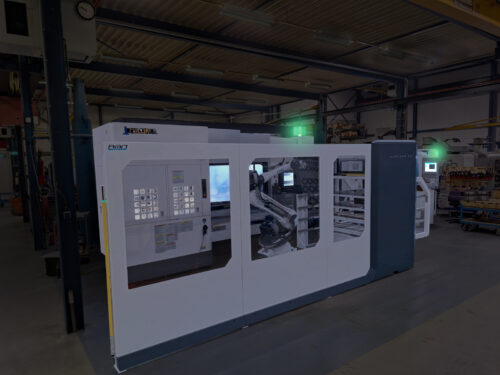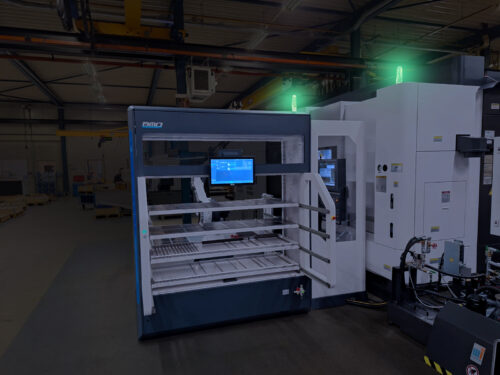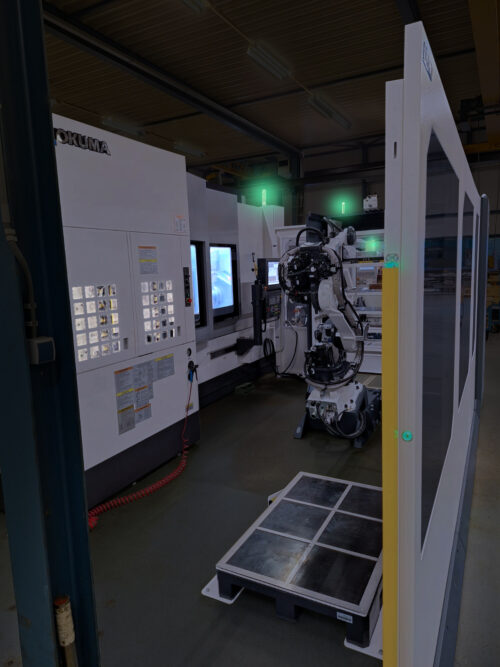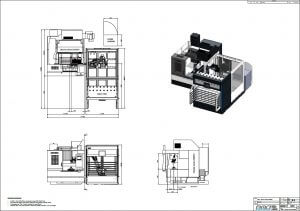Smelt Drunen opts for europallet module at BMO Platinum 50 cell
Extra storage space in robot cell when cycle times are short
In order to maximize unmanned production hours even with relatively short cycle times at night and on weekends, Smelt Drunen has expanded BMO Automation’s new Platinum 50 cell with the euro pallet option as an extra drawer. “In some cases the volume in combination with the cycle time is such that you can’t fill the night. That is a waste of course! That’s why we chose this solution,” says Stefan Smelt, director-owner of Smelt Drunen.
The metal company supplies to various sectors. From shipping and offshore to machine building, the process industry, construction and transport and logistics. In addition to CNC milling and turning, it also assembles. The variety of products is great. That is why the company was looking for an automation that is flexible for the new Okuma Multus multitasking machine.
Good experiences with BMO
After comparing two suppliers and visiting reference customers, he chose the Platinum 50 cell from BMO Automation. The supplier had previously automated a Hedelius Acura50 EL and Hedelius Acura 65EL with a Titanium cell from BMO Automation. “Given the positive experiences with the other BMO cell, we were quite quickly convinced,” says Stefan Smelt. In addition, BMO’s software was partly the deciding factor. “It is very user-friendly.” And the Titanium cell provides Smelt Drunen with product handling and pallet handling the flexibility it was looking for.
Small series
The new robot cell will mainly be used for the production of smaller series, between 20 and 200 pieces. Occasionally, however, a larger series will also be produced. Stefan Smelt considers the total processing time to be at least as important a factor as the number of products made unmanned. This is why he has chosen the europallet option ‘as an extra drawer’ in the Platinum cell. Stefan Smelt: “With this option we can have extra work stock ready to continue production during the night/weekend. It is obviously a waste if the machine and robot stand still because cycle times are sometimes short.”
Time for manned production
Stefan Smelt expects the supplier to automate even more in the coming years. “We are still seeing new opportunities to automate products every week,” he says. Eventually, he reckons that 15 to 20% of the work will be made automated. “The moment we hit the limits of production capacity we will have to consider making a new investment. The percentage of automated production will continue to rise slowly I expect, but in addition to serial work we are also active in single pieces to small series of more complex work pieces. Those will always have to be made manned.” Those are made during the day in two shifts by experienced CNC operators. Indeed, the serial and recurring work that does not need to be manned constantly continues 24 hours a day on one of the robotic cells.








